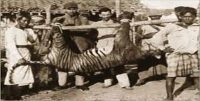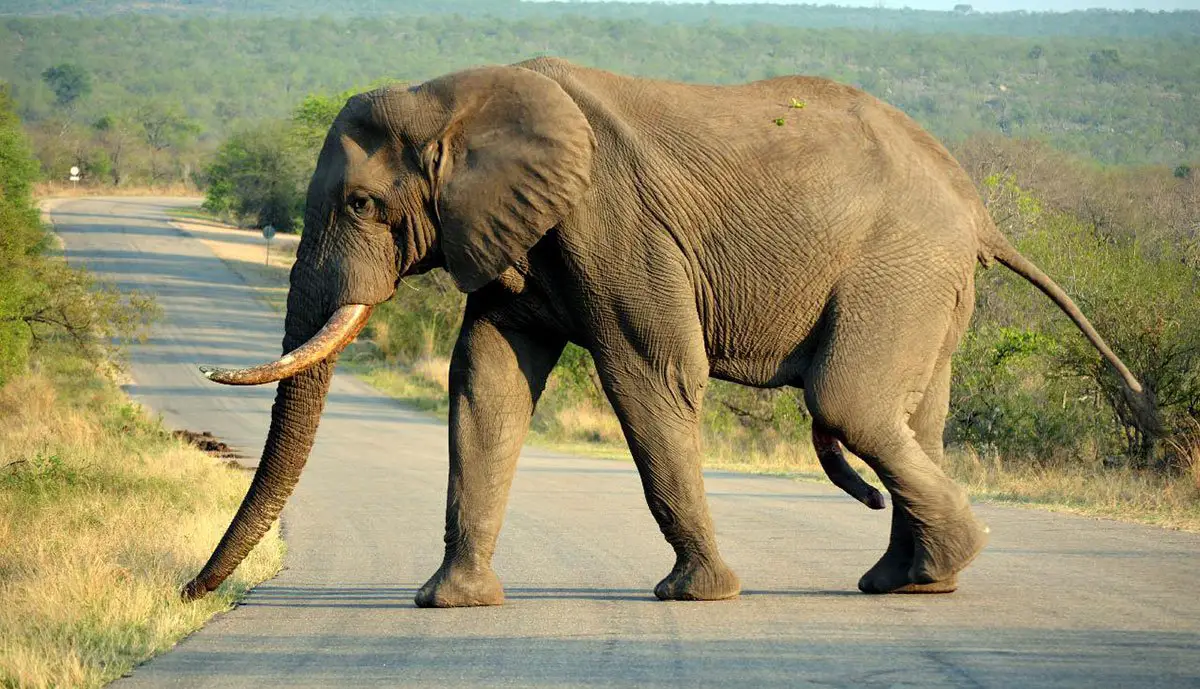The Bali tiger (Panthera tigris balica) had become extinct as early as in 1940s. It used to live on the island of Bali, Indonesia. Scientists believe that some of them might have survived up to 1950s but there is solid evidence for this. Samong was the other name of bali tigers.
Unlike Caspian tigers, the bali tiger had a brighter coat and very few stripes. Sometimes they had black spots within the vertical stripes.
The bali tiger was the smallest tiger in the world then. It was nearly the size of an adult cougar.
Adult males weighed as  much as 90–100 kg (200–220 lb) whereas females had an average weight of 65–80 kg (143–176 lb).
much as 90–100 kg (200–220 lb) whereas females had an average weight of 65–80 kg (143–176 lb).
The overall body length of a male was about 220–230 cm (87–91 in) while females measured 190–210 cm (75–83 in).
The female gave birth to 2 – 3 cubs. Cubs weighed up to 3 pounds at birth.
Bali tigers used to eat monitor lizards, Indian muntjac, monkeys, wild boar, banteng, and probably red jungle fowl. There were no natural predators of tigers except for humans.
At present the largest collection of bali tiger’s specimens was in British Museum, London.





